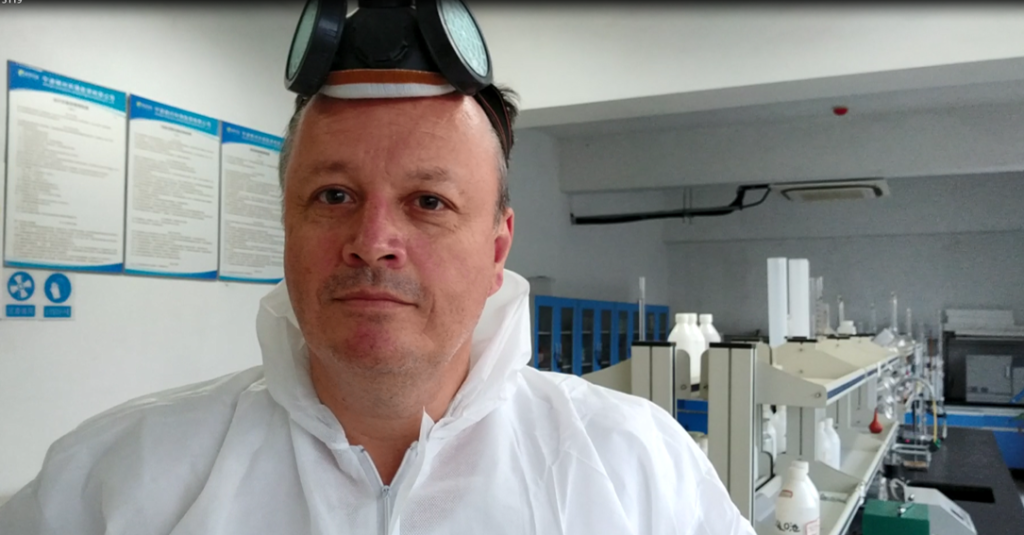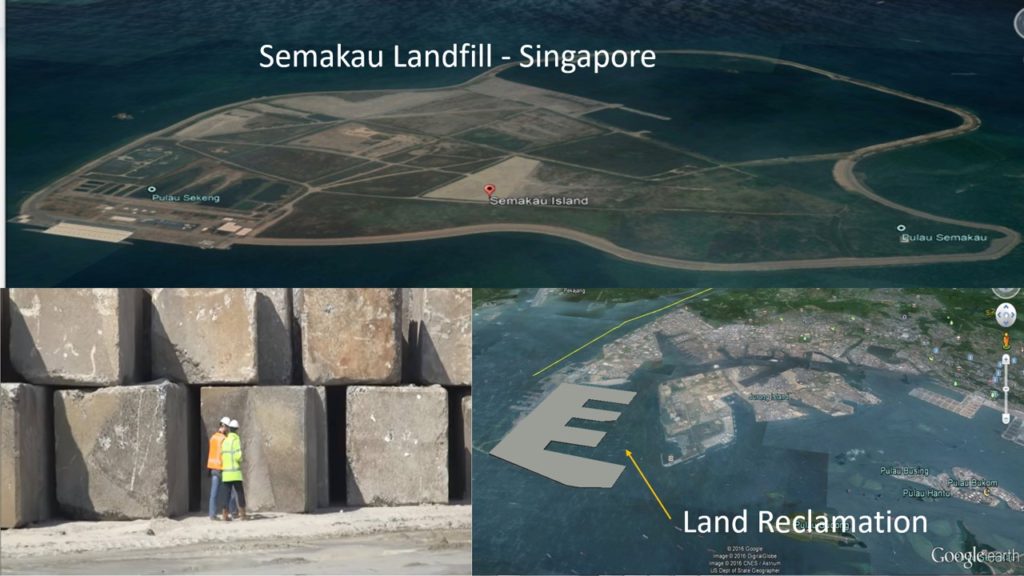Research and Pro bono Consulting
We started our journey with a vision to improve the well-being of humanity and secure a brighter future for our children. Since 2010, we have been conducting research on the beneficial uses of hazardous waste incineration ash, CO2 capture technologies, and the storage of CO2 in ash.
Thanks to the collaboration and support of various governments, universities, and scientists worldwide, we have successfully transformed municipal solid waste incineration ash into a valuable resource for infrastructure development. It’s worth noting that all our research has been self-funded, and we have not received any financial support from any government, entity, or individual.
If you are researching any beneficial uses of ash, please do not hesitate to contact us.

Landfill and Ash Monofill MSW I. Ash Recycling
Various countries around the world have adopted different methods for storing MSW I. Ash, with some opting to store only Bottom Ash in monofills while treating and storing Fly Ash separately in landfills. Others have combined the two types of ash and stored them together in monofills (USA), while some countries store MSW I. Ash alongside other non-incinerable materials in landfills due to space constraints.
At Ashcrete Technology, we have developed a recycling process that can transform any type of Ash from landfills or monofills into useful structures that can be employed in a variety of projects, such as land reclamation, sea barriers, roads, bridges, and barriers.


Ash Landfill Characterization
Municipal solid waste (MSW) incineration is a widely used method for waste management that aims to reduce the volume of waste that is sent to landfills. However, the ash produced from the incineration process is still a significant environmental concern that requires proper disposal. MSW incineration ash monofills have been utilized as a means of disposing of the ash, but the environmental risks associated with their use necessitate proper characterization.
Characterizing an MSW incineration ash monofill is important to understand the potential environmental impacts that may arise from its operation. The characterization process involves gathering data on the physical, chemical, and biological properties of the ash monofill, which can help to identify potential hazards such as leaching of contaminants into the environment, air pollution from volatile organic compounds and heavy metals, and potential damage to soil and vegetation.
In addition to environmental risks, there are also potential health risks associated with MSW incineration ash monofills. Some of the contaminants present in the ash can be harmful to human health if they are released into the environment or if people come into direct contact with them. Therefore, characterizing an MSW incineration ash monofill is essential to ensure that the landfill is managed properly, and any risks to the environment and human health are minimized.

Other types of Ash Recycle
1. Municipal Solid Waste Incineration (MSWI) Ash
- Bottom Ash: Heavy, coarse residue left at the bottom of the furnace.
- Fly Ash: Fine, toxic dust captured from flue gases using filters or scrubbers.
- Combined Ash: A mixture of bottom and fly ash when collected together.
2. Hazardous Waste Incineration Ash
- Contains concentrated toxic metals, dioxins, and persistent organic pollutants (POPs).
- Requires specialized containment or treatment.
3. Medical Waste Incineration Ash
- Can contain biologically and chemically hazardous materials.
- Often classified as infectious or cytotoxic ash requiring strict disposal or treatment.
4. Industrial Waste Incineration Ash
- Highly variable composition depending on the source industry.
- May contain metals, solvents, polymers, and other synthetic compounds.
5. Sewage Sludge Incineration Ash
- Ash from incinerated sludge from wastewater treatment plants.
- Rich in phosphorus and heavy metals.
6. Biomass Incineration Ash
- Ash from burning organic materials (wood chips, agricultural residues).
- Typically lower in toxicity, but can be high in potassium, calcium, or silica.
7. Construction & Demolition (C&D) Waste Incineration Ash
- Ash from incinerated construction debris, wood, plastics, insulation, etc.
- Composition is highly heterogeneous and may include heavy metals, concrete residues.
♻️ Advanced Waste-to-Energy Ash Types by Technology
8. Refuse-Derived Fuel (RDF) Combustion Ash
- Fine ash from incinerating shredded and pre-treated waste (plastics, paper, textiles).
- Ash is generally finer and more homogeneous than MSWI ash.
9. Fluidized Bed Combustion Ash
- Ash from waste burned in a bed of sand/limestone at ~750–900°C.
- Typically fine, highly reactive ash with potential pozzolanic properties.
- Contains sulfur compounds from desulfurization reactions.
10. Gasification Ash / Slag
- Residue from high-temperature, low-oxygen gasification (800–1500°C).
- Often forms vitrified slag: glassy, inert, non-leachable material.
- Minimal ash depending on efficiency and feedstock.
11. Pyrolysis Ash / Biochar / Char
- Char residue after heating waste in the absence of oxygen (~400–800°C).
- Composition depends heavily on feedstock and process temperature.
- Can be carbon-rich or mineral-dense.
12. Plasma Arc Gasification Slag
- Vitrified slag formed from extreme thermal breakdown of waste (up to 7000°C).
- Highly inert, glass-like, and often non-hazardous.
- Minimal ash, ideal for encapsulation or construction reuse.
13. Autothermal Thermolysis Residues
- Solid residues (ash or carbon-rich material) produced in self-sustaining thermal systems.
- Emerging technology; ash characterization varies.

